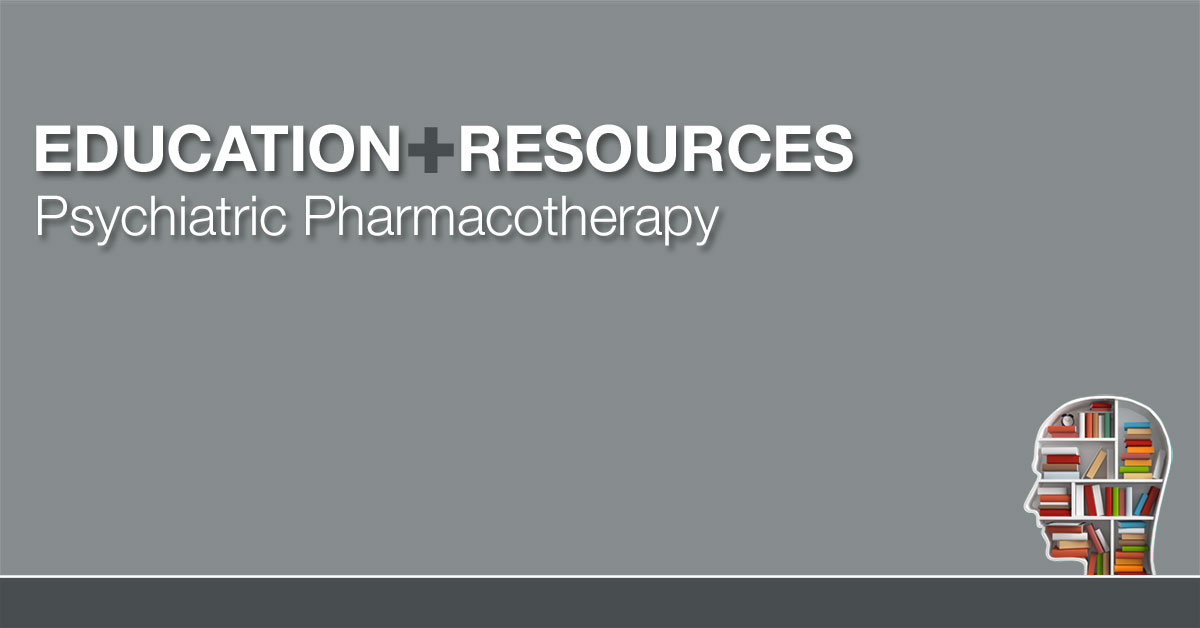
No summary available

No summary available
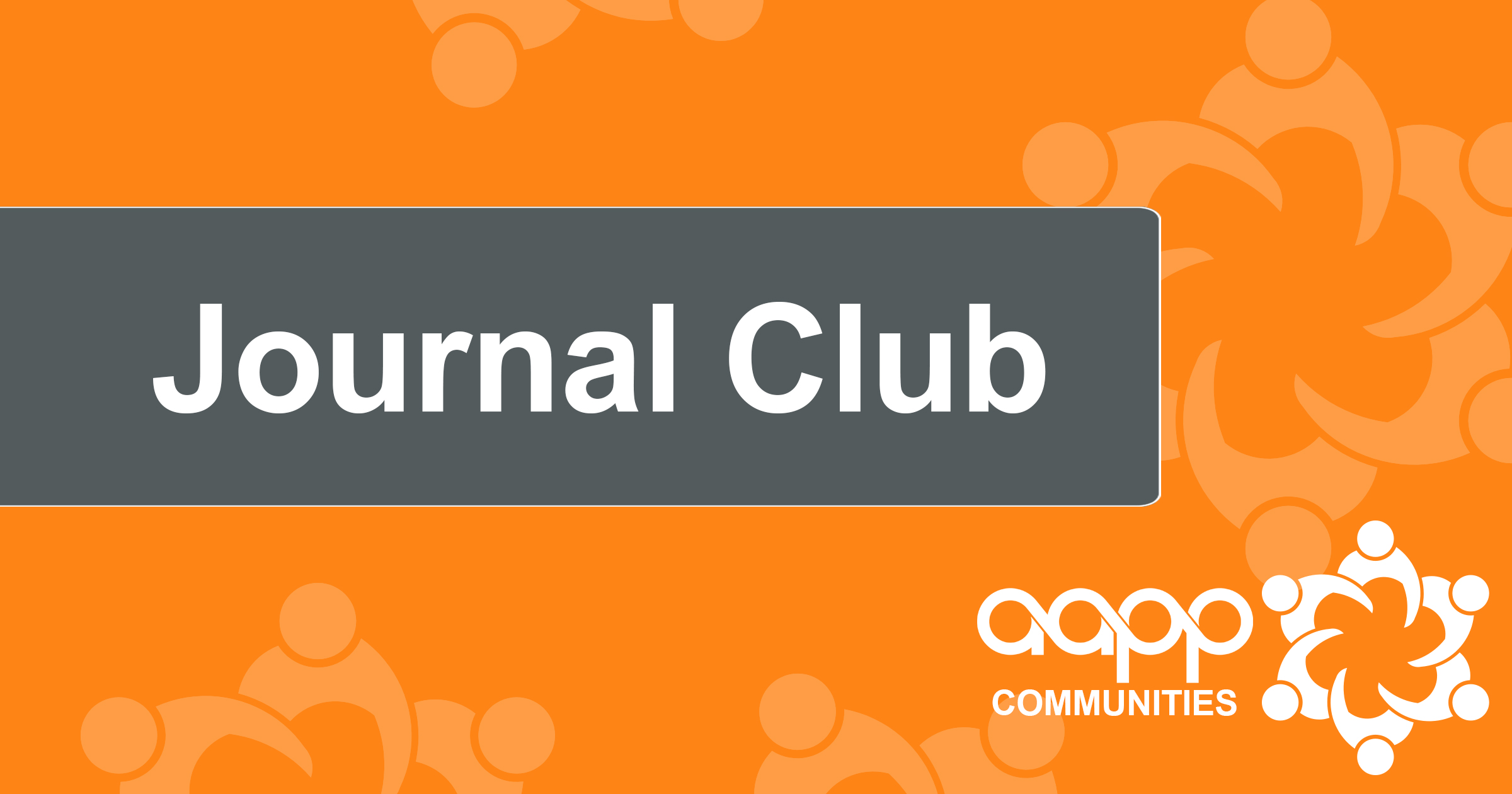
No summary available

No summary available

No summary available

No summary available

No summary available
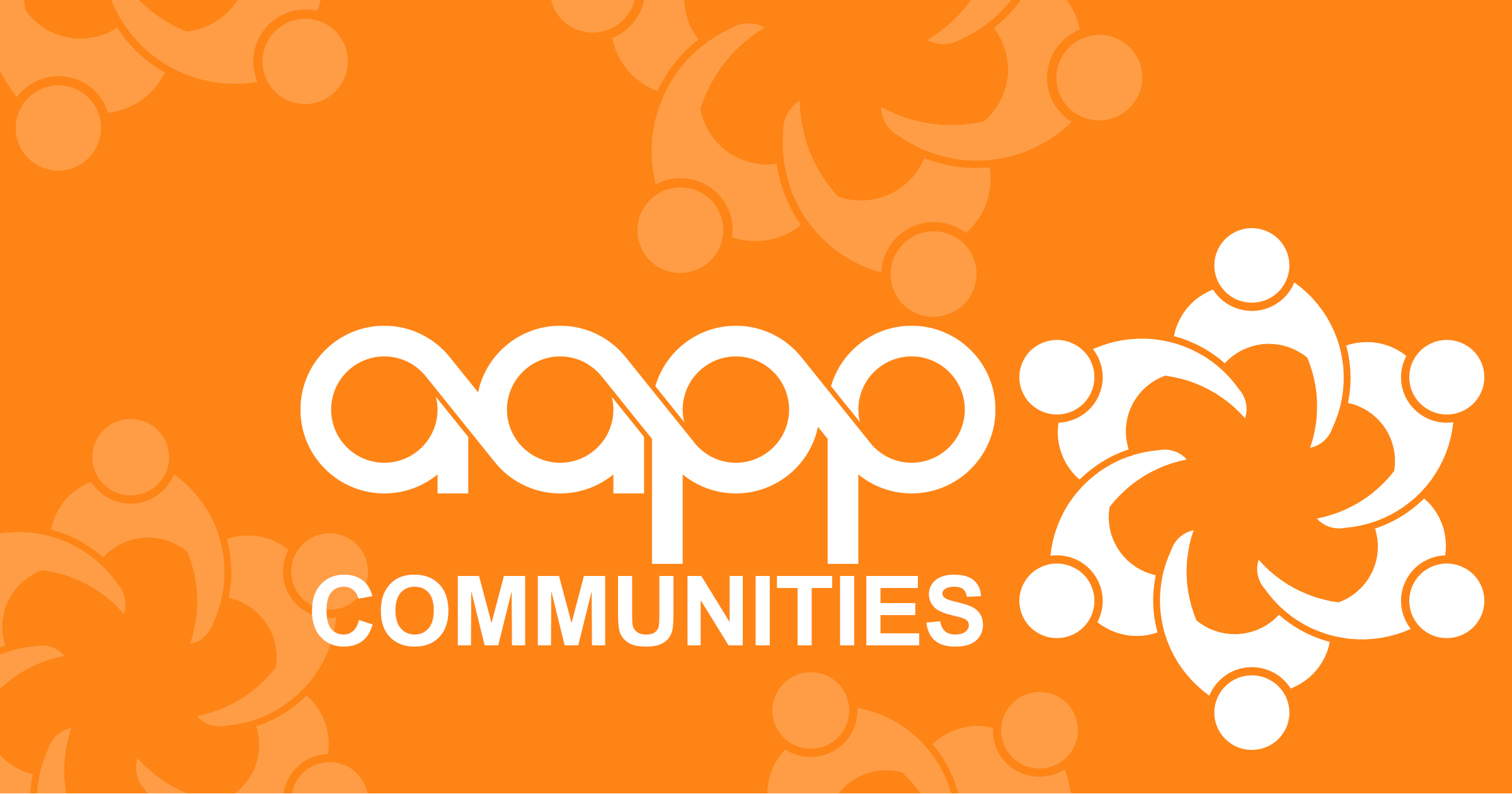
No summary available

No summary available
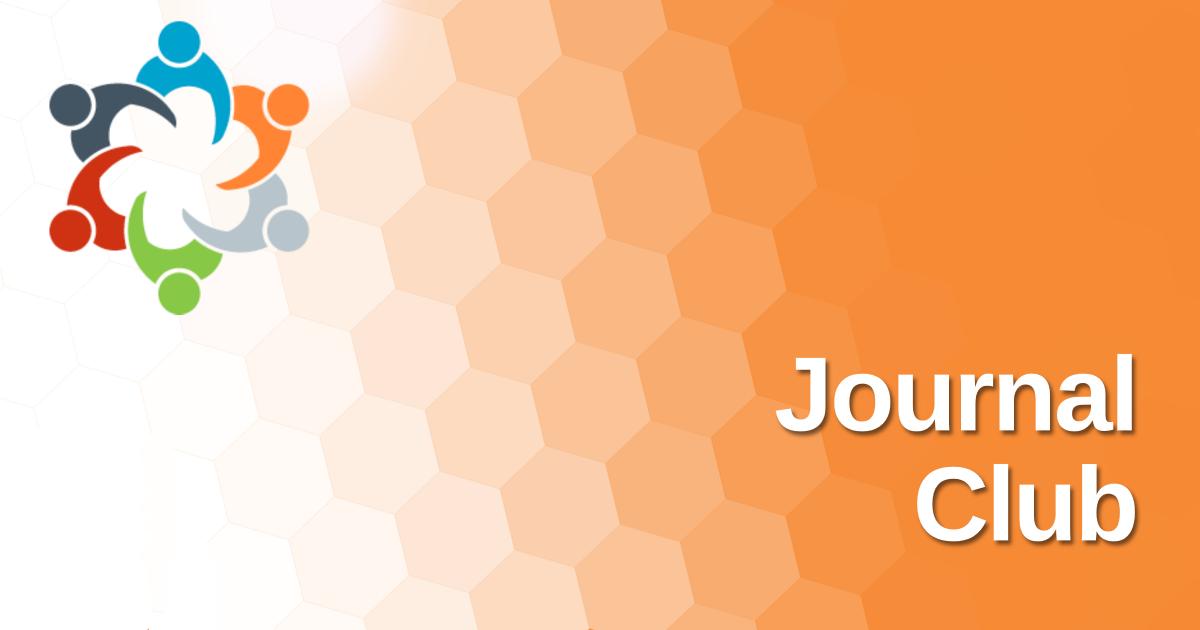
No summary available

No summary available

CPNP News President's Message Dear Colleagues, Welcome to the New Year and new promises ahead for both the country and CPNP. With healthcare reform on the horizon, CPNP is implementing activities to keep abreast of the opportunities. Strategic planning has focused on prioritizing strategies with the greatest impact, such as developing educational products and affiliations.

CPNP News President's Message Dear Colleagues, As I look out my window and see the Montana "big sky", it reminds me that summer has finally arrived. This marks a number of transitions for CPNP and a time to celebrate our successes as well.

CPNP News President’s Message Dear Colleagues, Fall is in the air and right around the corner. Along with the fall, comes the election of Board members. Please take the time to nominate our future leaders and exercise your right to vote.

CPNP News A Message from the President Congratulations to our excellent slate of candidates for 2010-2012 CPNP board offices: President-Elect Jerry McKee Jerry Overman Secretary Carol Ott Clinton Wright Member at Large
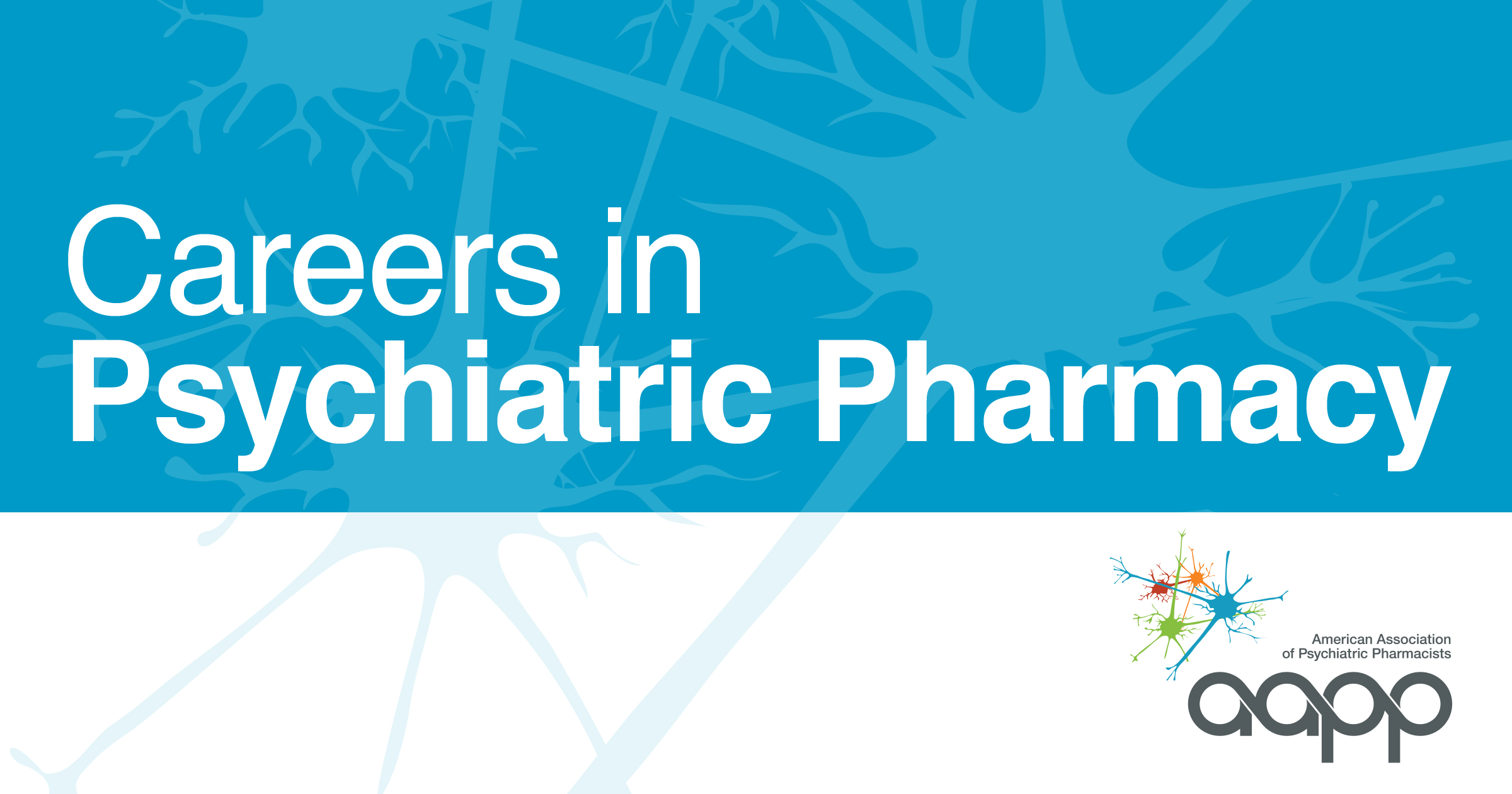
Every 2 years (on the even year), the Resident and New Practitioner Committee conducts a survey of program directors to establish emerging trends in psychiatric pharmacy residency programs.

Event and Project Coordinator National pharmacy association seeks individual to manage national Annual Meeting and additional projects. Requires passion for work, proficiency in Microsoft products, excellent communication skills, ability to work independently, detailed follow-through and love of automation and small, fast-paced office environment.

Learn more about the Board of Pharmacy Specialties (BPS) and the Board Certified Psychiatric Pharmacist credential at the BPS web page and YouTube channel.

History The College of Psychiatric and Neurologic Pharmacists (CPNP) was founded on March 24, 1998 when the network of pharmacists formerly known as the Conference of Psychiatric and Neurologic Pharmacists became a professional society. The formation of CPNP was the culmination of efforts of many pharmacists practicing in the psychiatry and neurology specialties over the past 30 years.

AAPP hosts one major conference each year (the AAPP Annual Meeting) to provide neuropsychiatric practitioners with a venue for updating their knowledge, networking with colleagues, enhancing their skills, and learning about the latest best practices.

Check back soon for more events!

Find more information about a specific past meeting below.

If you believe that you are receiving this message in error, and if you are unable to browse to any other pages on the site, please email info {at} cpnp org to request assistance.

November 2012 CPNP Foundation Newsletter CPNP Foundation President Update Report on Project Implementation Board Announcements Donor Listing Campaign Donation/Pledge Form Download Newslette

Stigma and Psychiatric Disorders [VIDEO] At the 2015 CPNP Annual Meeting, the Foundation supported programming entitled “Stigma and Psychiatric Disorders: Understanding and Managing Personal Biases." That program is available as a resource for all healthcare practitioners.

The Career Achievement Award was established by the AAPP Foundation to recognize an AAPP member whose career has demonstrated sustained excellence in psychiatric or neurologic pharmacy and the profession of pharmacy. It is one of the highest honors recognizing outstanding, sustained contributions that advance and expand psychiatric or neurologic pharmacy.